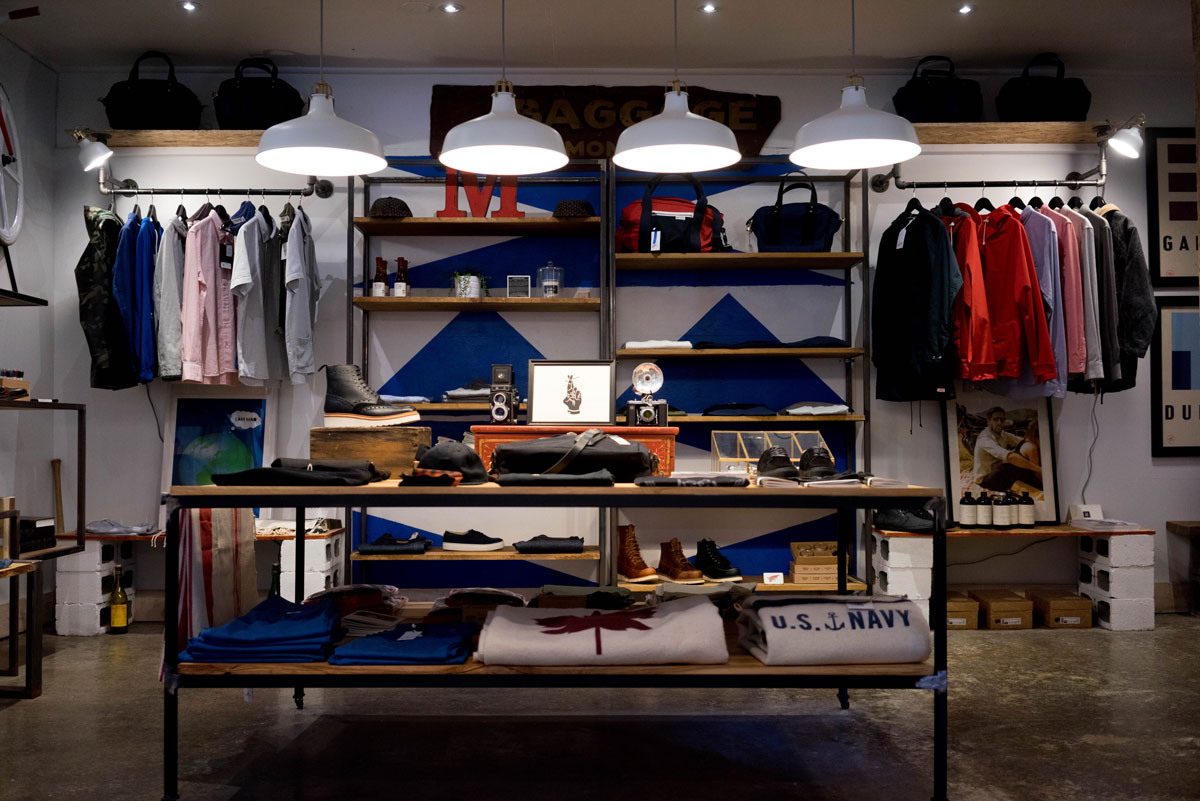Online marketing might be in the spotlight of late, but it’s still as important as ever to promote your store offline. There are lots of ways to do this, and the best approach will vary depending on your business, your products, and your target audience.
You can promote your store offline with a combination of:
Print collateral: everything from business stationery (letterheads, business cards) and carrier bags, to print marketing collateral (like direct mail postcards, flyers, leaflets, and brochures)
Print advertising: placing ads in newspapers or magazines.
Outdoor advertising: including posters, banners, and signage.
Experiential marketing: hosting open days, workshops, demonstrations, or tours.
Radio: through paid ads and interviews
Branded merchandise: such as promotional gifts and custom-branded apparel.
Publicity: being active in the local community, perhaps sponsoring events, teams, or charity initiatives.
Word-of-Mouth: generating referrals from satisfied customers.
Loyalty programs: reward loyal customers and encourage repeat business.
Networking: attending exhibitions, trade shows, and other networking events.
Cross-Promotion: getting together with local businesses to form partnerships.
Endorsements: targeting influential people to gain their endorsement.
These offline marketing strategies are a great way to get your store in front of more potential customers. Below we’ll examine the benefits of each, as well as the potential pitfalls.

Print collateral:
One of the great things about print collateral is that it’s highly targeted. You can design your marketing materials to appeal specifically to your target market, and then distribute them in relevant locations. For example, if you’re selling kids’ clothes, you might distribute flyers and leaflets in local schools, nurseries, and playgroups. Something as simple as a business card can be distributed far and wide.
Another advantage of print collateral is that it’s relatively low-cost. Even if you outsource the design and printing, it’s still generally cheaper than other offline marketing channels like advertising or event marketing.
And finally, print collateral is tangible. People can pick it up and keep it, which means your store stays top-of-mind for longer.
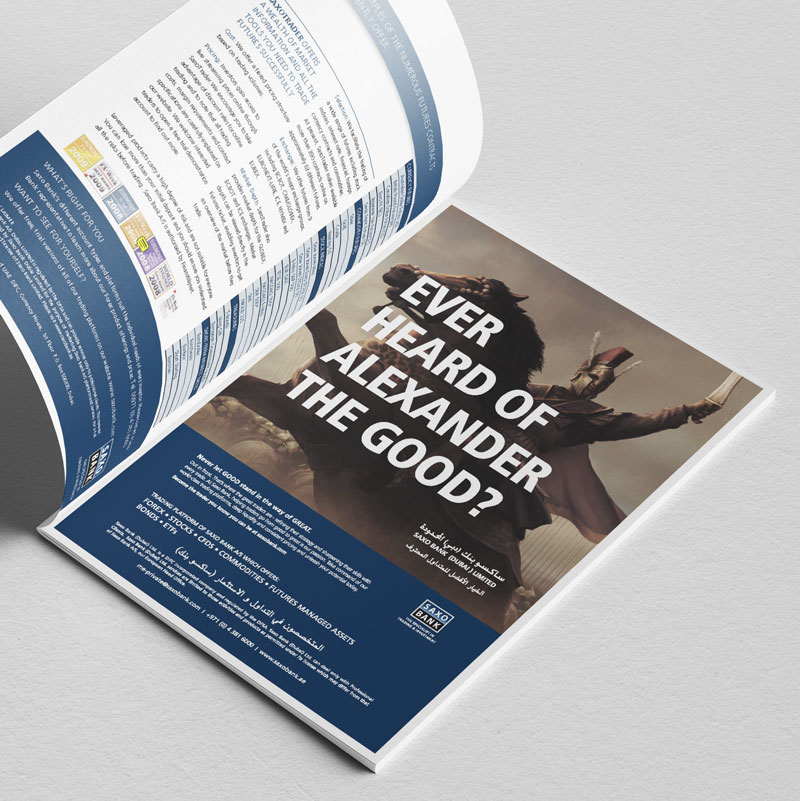
Print advertising:
Consider advertising in local print media. This could be newspapers, magazines, or even local listings in relevant directories.
Print advertising can be an effective way to reach your target market. It’s relatively low-cost (especially if you book in advance), and you can target specific publications that your ideal customer is likely to read.
One downside of print advertising is that it’s not easy to track results. Unless you include a specific offer or call-to-action in your ad (like a voucher code or competition entry), it can be difficult to know how many people have seen it and been influenced by it.
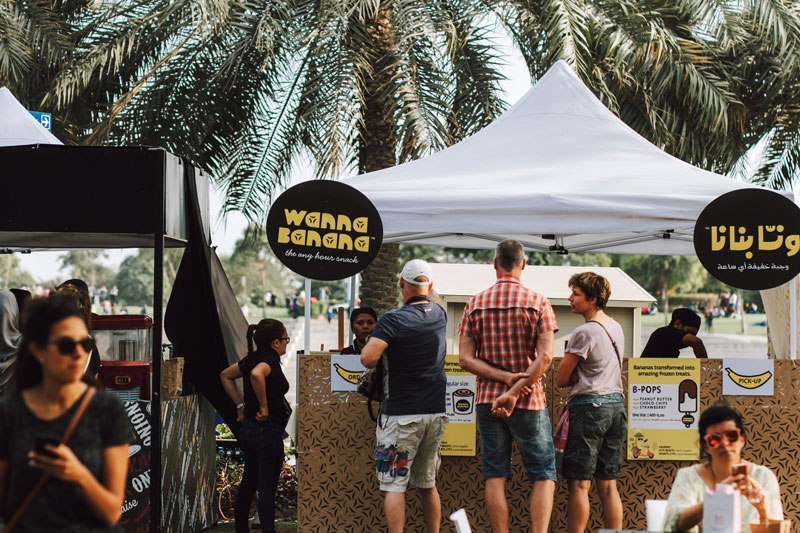
Outdoor advertising:
Outdoor advertising includes everything from street banners and bus stop posters, to office block signage and billboards. It’s a great way to generate awareness of your store in a local area. It’s particularly effective if you have a physical retail location that people can visit One advantage of outdoor advertising is that it’s very visible. If you choose a busy location, your ad is likely to be seen by lots of people. And because it’s often localised, it can be quite cost-effective too
The main downside of outdoor advertising is that it’s not always easy to track results. Unless you include a specific offer or call-to-action in your ad (like a voucher code or competition entry), it can be difficult to know how many people have seen it and been influenced by it.

Experiential marketing:
Experiential marketing involves engaging potential customers with your brand in a hands-on way. This could include hosting open days, educational workshops, demonstrations, or tours.
Experiential marketing is a great way to generate interest and awareness of your store. It’s also an excellent opportunity to build relationships with potential customers. And because it’s interactive, it can be very memorable – which means people are more likely to talk about your store (and visit it) afterward.
The main downside of experiential marketing is that it can be quite labour-intensive and time-consuming to organise. It also requires a good amount of space (if you’re hosting events on-site), and can be costly if you’re hiring external venues or paying for promotional materials.
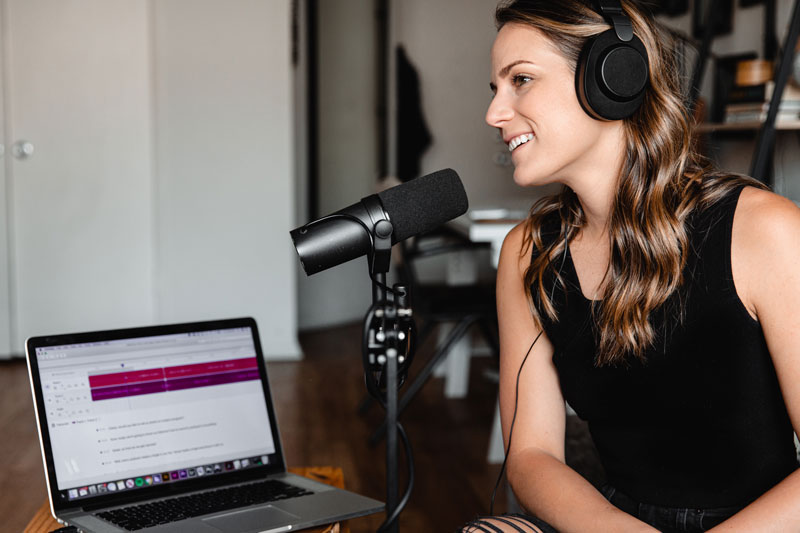
Radio:
Radio is a popular marketing medium because it offers short lead-times, low production costs, and high cost efficiency.
Radio is an incredibly popular marketing medium because it offers short lead-times, low production costs, and high cost efficiency. For businesses, this means that radio can be an incredibly effective way to reach potential customers. The key to success with radio is to create a targeted campaign that reaches the right audience. By carefully planning your radio strategy, you can ensure that your message reaches its intended target, resulting in a higher ROI for your marketing budget.
The main downside of radio is that it can be difficult to track results. Unless you include a specific offer or call-to-action in your ad (like a voucher code or competition entry), it can be difficult to know how many people have heard it and been influenced by it.
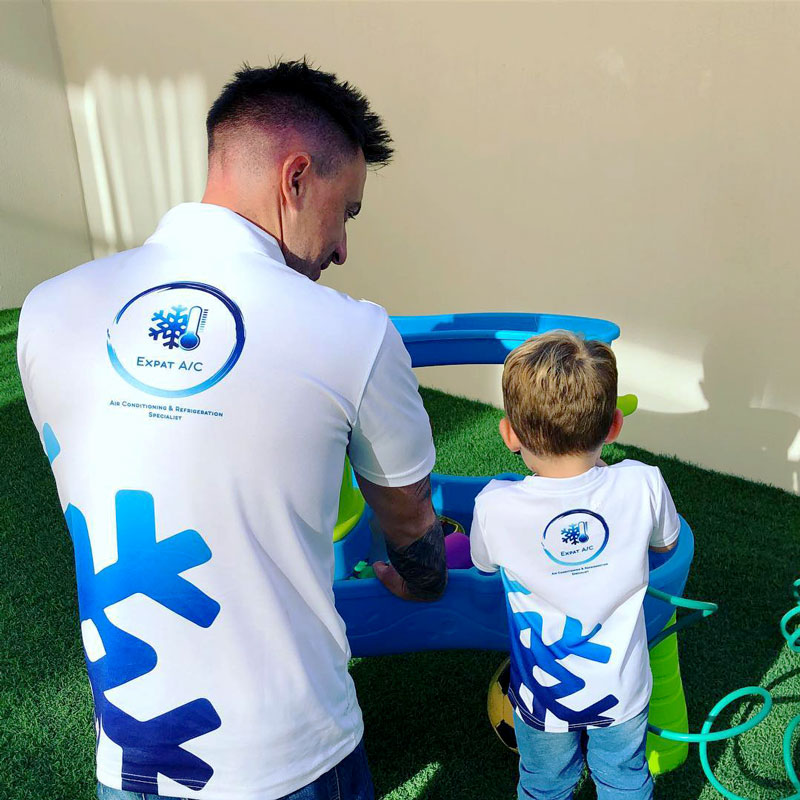
Branded merchandise:
Another offline marketing strategy you might consider is branded merchandise. This could include promotional gifts, like pens and notepads, or more substantial items like custom clothing or homewares.
Branded merchandise is a great way to get your store name and logo out there. Picture people walking the local area wearing your branded t-shirts, for example. It’s also quite cost-effective, as you can often buy in bulk and receive discounts. And if you choose wisely, the items you purchase can be useful (and used) by your customers daily – which means they’ll be seeing your brand name frequently.
The main downside of branded merchandise is that it can be difficult to track results. Unless you give away the items in return for customer contact details (like an email address), it can be hard to know how many people have received them and what effect they’ve had.

Publicity:
This involves getting coverage for your store in local (or national) newspapers, magazines, TV, or radio. You could consider sponsoring local events, local teams, or projects in the community. It’s a great way to generate awareness and interest in your store, and can often reach a wide audience.
Local events and sponsorships are great for generating awareness of your store. They’re also an excellent opportunity to build relationships with potential customers and other local businesses. And because you’re aligning yourself with a specific event or cause, you can often tap into existing audiences – which makes promoting your store easier.
The main downside of local events and sponsorships is that they can be quite costly. You’ll need to factor in the cost, and unless you’re very strategic about the events you choose, it can be difficult to ensure you’re reaching your target market.
It can also be quite time-consuming and labour-intensive. You’ll need to put together press releases and media lists, and then follow up with journalists to try and secure coverage. And because you’re relying on other people (journalists) to tell your story, there’s always the risk that your message will get lost or distorted.
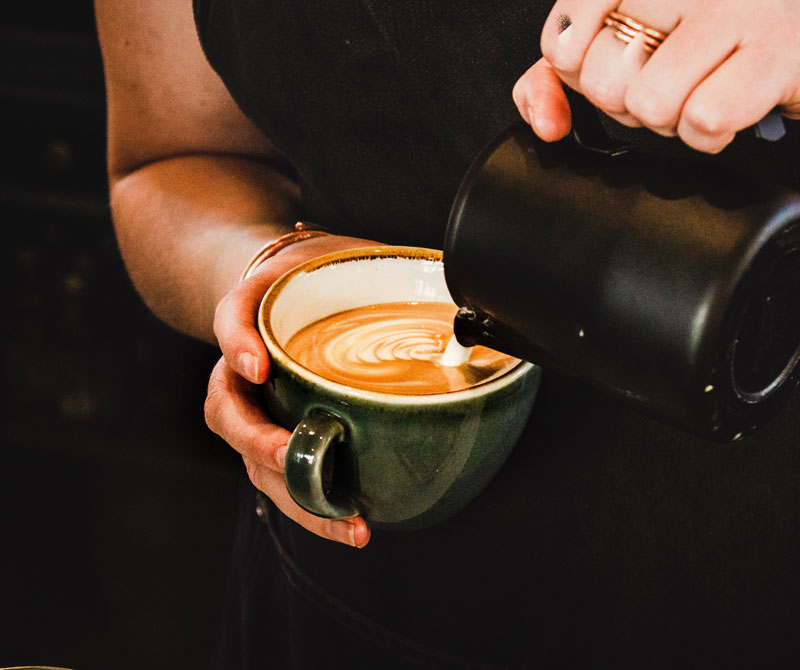
Word of mouth:
This is perhaps the most organic and effective way to promote your store. It involves harnessing the power of satisfied customers to spread the word about your business.
The great thing about word-of-mouth marketing is that it’s free. You don’t need to spend any money on advertising or promotion – you just need to make sure your customers are happy! And because it’s coming from a trusted source (a friend or family member), people are more likely to listen.
The main downside of word-of-mouth marketing is that it can be quite difficult to control. You can’t force people to talk about your store, so it can be hard to generate buzz. That’s where a referral strategy can be another great way to bring people into a brick and mortar store.
A referral strategy is a great way to encourage customers to spread the word about your store. You could offer a discount or other incentive for every new customer they refer, or enter them into a prize draw if they make a certain number of referrals
The advantage of a referral strategy is that it gives customers an incentive to promote your store. And because you can track the results (through coupons or other codes), it’s easier to measure the effectiveness of the referral campaign.
The main downside of a referral strategy is that it can be quite difficult to get people to sign up. You’ll need to make sure the incentive is attractive enough, and then promote the campaign heavily to get people on board.
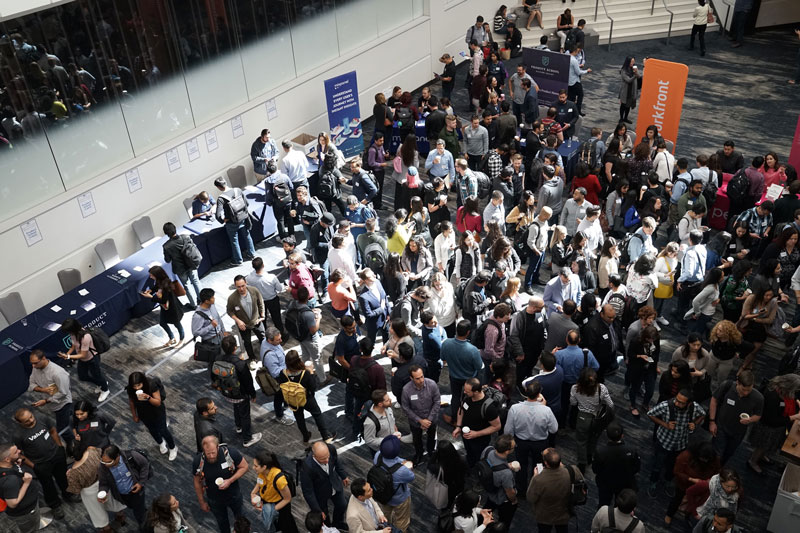
Networking:
Attending exhibitions, trade shows, and other networking events can be an effective way to promote your store offline. It’s a great opportunity to meet new people, build relationships, and generate interest in your business.
The main downside of networking is that it can be quite time-consuming. You’ll need to research which events are relevant to your store, and then invest time in attending them and meeting people. And because you’re meeting so many new people, you’ll need to make sure that you follow up with everyone and continue the conversation.
Cross-Promotion:
Getting together with other business owners to form partnerships is an easy way to promote your local business offline. You could offer joint discounts, or promote each other’s businesses in-store.
The main downside of cross-promotion is that it can be difficult to find businesses that are a good fit. You need to make sure that the business you choose is relevant to your target market, and that there’s no risk of offending your customers.
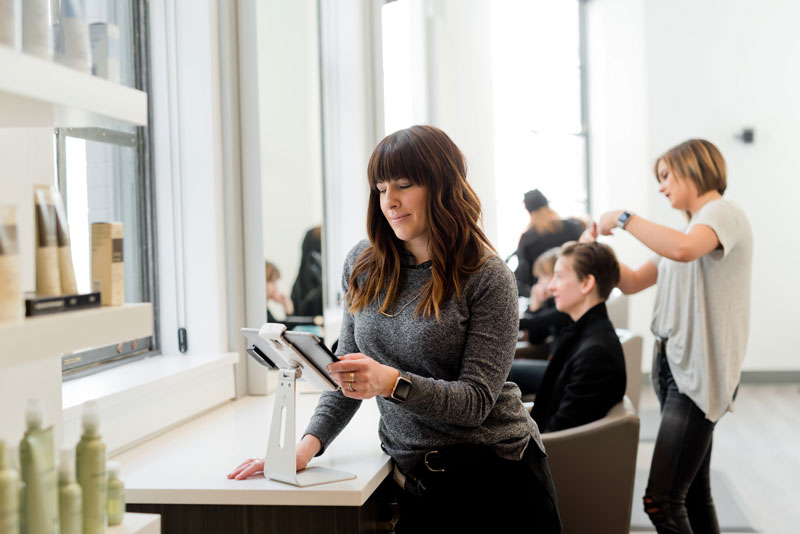
Endorsements:
Influencers aren’t an entirely new phenomenon and they’re not exclusive to the world of online marketing and social media platforms. Influencers have been around for millennia, and you can use them to promote your business offline too.
You’ll need to identify people with influence in your local market, such as prominent journalists. Then you’ll need to earn their endorsement.
If you’re successful, their recommendation can have a positive effect on prospective customers. Of course, it’s important to ensure that your VIPs are relevant to your target audience.
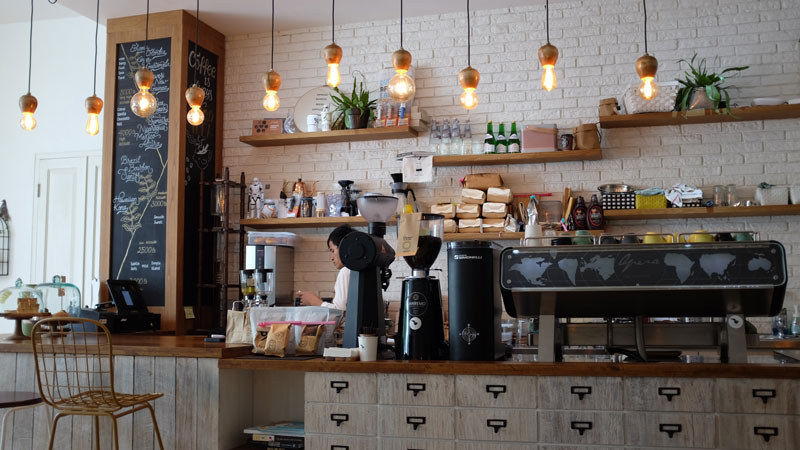
There are a multitude of offline marketing strategies you can use to promote a store. The key is to choose the ones that will work best for your business, and then track the results to see what’s most effective. By testing different techniques, you can find the perfect mix to help you generate awareness.
It’s always a good idea to take plenty of photographs and videos whenever you use offline marketing techniques to promote a physical store. You can quickly generate an image library full of original, real-world content that can fuel your social media channels and digital marketing efforts.
Even better, you could also obtain user-generated content. This is when customers take their own photographs or videos and post them online, often with a mention of your store. This can be an incredibly powerful way to promote your business, as it’s effectively free advertising that comes with the added bonus of social proof.
So there you have it: a few offline marketing methods that will help you promote your store.
Many successful entrepreneurs find offline strategies are a vital part of their overall marketing strategy. By using a combination of online and offline methods, you can reach more people, build awareness, and generate interest in your store. And with a little creativity, you can come up with some very unique and original ways to promote your store offline.
